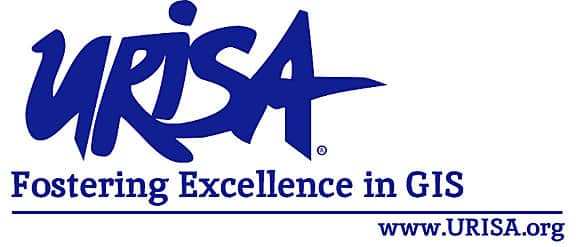In recent years, the idea of smart communities has evolved from a niche focus into a wide-ranging practice with variable concepts. The terms smart communities and smart cities have been used to describe a range of programs and projects, so there is no exact formula for how to create a smart city.
Theoretically, living in a smart community would be appealing to everyone, given that it entails leveraging the best available data to make the smartest decisions that benefit the most people. But without concrete planning guidelines, many efforts to build smart communities have remained amorphous, revolving around vague talk of things like cloud computing and the Internet of Things (IoT).
Technology often comes to mind when people think about smart communities and smart cities, and that’s not surprising. Many high-profile projects have revolved around implementing new technology to build the cities of tomorrow. That idea, however, can make it intimidating for smaller communities to implement smart city initiatives—not least because it would be difficult for many of them to pay for big technology upgrades on their already thinly stretched budgets.
But smart communities are not always the most technologically advanced. A smart community, at its core, offers better ways to plan to meet people’s needs. Increasingly, this means leveraging already existing technologies in better ways, or better connecting people to the data they need. Ultimately, smart communities focus on the end result of their initiatives rather than on the initiatives themselves. And they remain committed to answering the question, How do we want to live?

Building More Human-Centered Communities
A silver lining of the COVID-19 pandemic has been a return to focusing on how people want to live their lives. Over the last two years, communities have done more than just consider what improvements could be made to people’s quality of life; they have acted to achieve this goal in ways that didn’t seem possible before.
Small projects undertaken around the world have demonstrated how communities can be more human centered while reinventing how business is done. For example, to help financially battered restaurants weather the pandemic while indoor dining was restricted, many cities extended outdoor dining areas across sidewalks and even out into parking lots and streets. As fewer cars traveled along roads, greenhouse gas emissions were demonstrably reduced. Soon, projects aimed at repurposing streets and altering public rights-of-way began supporting pedestrian and bike-friendly spaces and incorporating transportation demand management strategies. And this was happening in communities big and small, in all sorts of locations.
Permanent and widespread adoption of practices like these could result in long-term improvements to air and noise pollution, more accessible and resilient public spaces, and generally healthier communities. Those are concrete quality of life improvements. And this is one example of how the discussion about smart communities is moving away from the next great thing in technology and toward reorganizing existing spaces and applying enduring technologies to enhance how people live.
GIS Is Key Technology for Smart Cities
Much of the next wave of work that will be done to improve cities is the work that GIS professionals are already involved in and have been doing quietly for decades. We have long been conducting analyses to improve transportation and walkability, protect the environment, inventory assets, determine demographics, strengthen emergency management, and mitigate hazards. By continuing to partner closely with planners, GIS professionals can help bridge the gap between smart technologies and the futures our communities deserve.
Before local governments and organizations implement smart community programs as stand-alone initiatives, GIS professionals need to help position GIS as the key technology that can deliver critical services and bring together various disciplines and departments. Similar to how planning professionals shaped the smart communities movement, GIS professionals can be instrumental in developing the tools and apps that will make cities smarter.
When smart communities make better use of the substantial investments they have already made in GIS instead of merely purchasing new technologies, they are engaging in smart budgeting and fiscal responsibility. Scaling up rather than out creates opportunities for cities to expand their initial technology expenditures and put more stock into the staff and training they already have. What’s more, it allows cities to start collecting new data immediately so they can begin integrating it into useful solutions.
At some point, of course, smart communities do need new technology. Adding sensors, apps, and more to a technology stack inevitably produces more data. In turn, new solutions are required to work with that data. It’s a cycle. But planning and GIS professionals have the expertise to decipher patterns in the data; make models for evaluating future scenarios; build the maps, dashboards, and hubs that can be used to educate and communicate with people; and more. Therefore, it is essential to start thinking of GIS professionals not so much as the mapmakers but rather as essential partners and solution builders.
It’s Time to Take a Seat at the Table
The American Planning Association recently released a report entitled Smart Cities: Integrating Technology, Community, and Nature, which defines smart cities as places that “equitably [integrate] technology, community, and nature to enhance…livability, sustainability, and resilience, while fostering innovation, collaboration, and participatory co-creation.” This is what GIS does: it enables planners, GIS practitioners, and people from other disciplines to work together to create, integrate, and exchange data with the aim of building better communities.
As communities strive to become more equitable, resilient, sustainable, and smart, GIS technology and geospatial data are vital to achieving those goals. It is time, then, to make GIS professionals partners in these endeavors. So let’s find space at the table, pull up a chair, and get more involved in developing solutions for smart communities.




